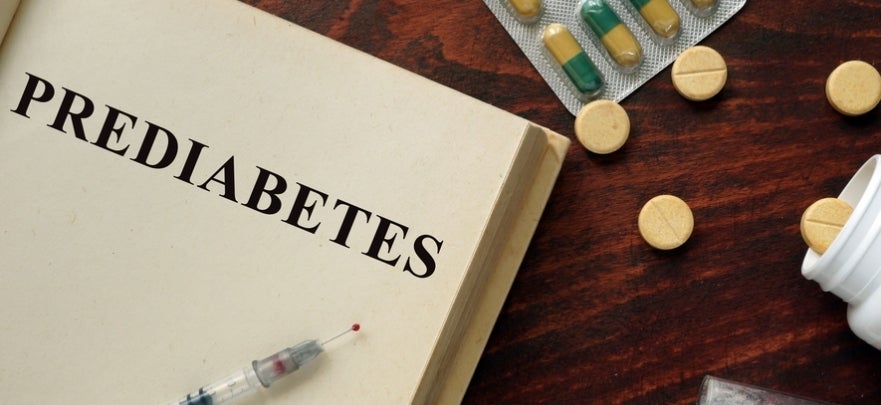What Is Pre-Diabetes?
Pre-diabetes is a condition where your body has started to show signs of developing diabetes but have not fully developed the disease. The good news with pre-diabetes is that you are still very likely in a place where you can reverse the process and never go on to develop the diabetes. However, pre-diabetes is definitely a big warning that you need to make some big changes to your lifestyle in order to prevent progression to the full blown disease.
Like diabetes, pre-diabetes is a disease where the bodies ability to respond to the hormone insulin is no longer working properly. Insulin helps the body control the release of sugar to be used by the body’s cells. The bodies inability to properly respond to insulin results in excess sugar being in the blood and urine. This excess sugar can damage vital organs such as the kidneys, eyes, and other parts of the body. Diabetes and pre-diabetes puts you at increased risk for heart disease and stroke as well.
You can find out if you have pre-diabetes (or diabetes) with one of a few very simple tests that your doctor can do in his or her office. These tests are:
- The fasting blood glucose test. For this test, you won’t eat for 8 hours before having your blood drawn. The result ranges are:
- Normal: less than 100
- Pre-diabetes: between 100 and 125
- Diabetes: greater than 126
- The glucose tolerance test. Usually, this test is given after the fasting blood glucose test. The test involves drinking a sugary solution and retesting your blood sugar after about 2 hours. The result ranges are:
- Normal: less than 140
- Pre-diabetes: between 140 and 199
- Diabetes: greater than greater than 199
- The A1C or hbA1c is also a blood test. This blood test determines your average blood sugar level for the past 2 to 3 months. For diabetics, this test is used to see if your diabetes is under control:
- Normal: less than 5.6%
- Pre-diabetes: between 5.7% and 6.4%
- Diabetes: greater than 6.5%
If your doctor determines you have pre-diabetes, there are a few important steps you can take to help control and reverse the progression to full blown diabetes.
First, get control of your weight. Even losing 5 to 10% of your body weight can start to have an impact on reversing progression of the disease.
Second, start exercising. Exercising and activity in general have been shown to prevent and reverse pre-diabetes. Getting 30 minutes of exercise that gets your heart rate up is the best. Try walking, swimming, or cycling. Check with your doctor first if you have not exercised in some time to make sure it’s ok to increase your activity levels.
Finally, improve your nutrition by focusing on low carbohydrate foods. Lean towards vegetables and healthy proteins like fish. Limit your calories and leave the table before you feel completely full and definitely avoid overeating.
Knowing you have pre-diabetes is a great wake up call to start changing your lifestyle. Take a few critical steps to make sure your health is the best it can be.






